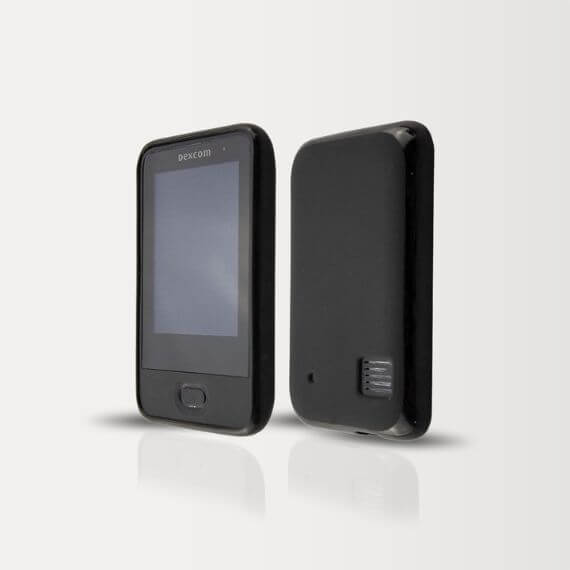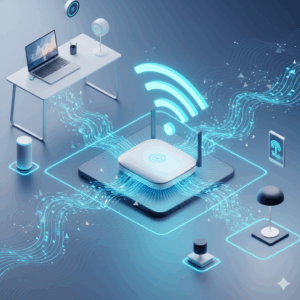The continuous glucose monitoring (CGM) market has seen remarkable advancements over the past few years, with Dexcom leading the way in innovation. For individuals managing diabetes, the introduction of the Dexcom G6 and the newer Dexcom G7 receivers has provided more precise, real-time data to help in better diabetes management. This article aims to provide an in-depth comparison of the Dexcom G6 and G7 receivers, focusing on their features, usability, accuracy, and overall benefits.
Overview of Dexcom G6 Receiver
The Dexcom G6 receiver is a significant upgrade from its predecessors, offering a range of features that improve glucose monitoring. It is known for its:
- Ease of Use: The G6 receiver eliminates the need for fingerstick calibrations, making the process less invasive and more convenient for users.
- Real-Time Glucose Readings: Users receive real-time glucose readings every five minutes, which can be viewed on the receiver, compatible smart devices, or through the Dexcom app.
- Customizable Alerts: The G6 offers customizable alerts for high and low glucose levels, ensuring users are promptly notified of any critical changes.
- 10-Day Sensor Life: The sensors used with the G6 have a lifespan of up to 10 days, reducing the frequency of sensor replacements.
- Compatibility: The G6 system is compatible with various smart devices, enabling users to share their glucose data with healthcare providers and loved ones.
Overview of Dexcom G7 Receiver
The Dexcom G7 receiver builds on the success of the G6, introducing several enhancements designed to further streamline glucose monitoring. Key features include:
- Smaller, More Discreet Design: The G7 sensor is 60% smaller than the G6, making it more discreet and comfortable to wear.
- Faster Warm-Up Time: The G7 has a reduced warm-up period, providing glucose readings within 30 minutes of sensor activation, compared to the G6’s two-hour warm-up.
- Improved Accuracy: The G7 boasts enhanced accuracy, especially in low glucose ranges, providing users with more reliable data.
- 12-Hour Grace Period: After the sensor session ends, the G7 offers a 12-hour grace period for users to replace their sensors, ensuring continuous glucose monitoring without gaps.
- Integration with Insulin Pumps: The G7 system is designed to integrate seamlessly with various insulin pumps, offering a more comprehensive diabetes management solution.
Key Differences Between Dexcom G6 and G7
Design and Comfort
- Dexcom G6: The G6 sensor is larger compared to the G7, which might be noticeable for some users, particularly those who are sensitive to wearing medical devices.
- Dexcom G7: With a 60% reduction in size, the G7 sensor is less obtrusive, making it more comfortable and easier to wear discreetly under clothing.
Warm-Up Time
- Dexcom G6: Requires a two-hour warm-up period before it starts providing glucose readings.
- Dexcom G7: Significantly faster, with a warm-up period of just 30 minutes, allowing users to start monitoring their glucose levels almost immediately after sensor application.
Sensor Life and Replacement
- Dexcom G6: Sensors need to be replaced every 10 days.
- Dexcom G7: Although the sensor life remains 10 days, the G7 includes a 12-hour grace period post sensor expiration, offering users more flexibility in sensor replacement.
Accuracy and Performance
- Dexcom G6: Provides accurate readings, but users have noted slight deviations, particularly in low glucose ranges.
- Dexcom G7: Improved accuracy, especially in critical low glucose ranges, offering more reliable data for making treatment decisions.
Integration and Compatibility
- Dexcom G6: Compatible with various smart devices and some insulin pumps.
- Dexcom G7: Enhanced integration capabilities with a wider range of insulin pumps and continuous improvements in smart device compatibility.
Benefits of Upgrading to Dexcom G7
Enhanced User Experience
The smaller, more discreet design of the G7 sensor improves user comfort and makes the device less noticeable. This can be particularly beneficial for children and individuals who are self-conscious about wearing a visible medical device.
Faster Data Access
The reduced warm-up time of the G7 sensor allows users to access glucose data more quickly, which can be crucial in situations where immediate glucose monitoring is necessary.
Improved Data Accuracy
With advancements in sensor technology, the G7 provides more accurate glucose readings, especially in low glucose ranges. This can help users make more informed decisions about their diabetes management, potentially reducing the risk of hypo- or hyperglycemia.
Seamless Integration
The G7’s ability to integrate with a wider range of insulin pumps and smart devices offers users a more cohesive diabetes management experience. This integration can streamline the process of monitoring glucose levels and administering insulin, making diabetes management more efficient.
Considerations Before Upgrading
While the Dexcom G7 offers numerous enhancements, it is essential to consider the following before deciding to upgrade:
- Cost: Upgrading to the latest technology can be costly. Users should evaluate whether their insurance covers the G7 and consider the out-of-pocket expenses.
- Transition Period: Switching from the G6 to the G7 may involve a learning curve. Users should be prepared to spend some time familiarizing themselves with the new system.
- Compatibility: Ensure that the G7 is compatible with any existing diabetes management devices you are using, such as insulin pumps or smart devices.
Conclusion
The Dexcom G6 and G7 receivers represent significant advancements in continuous glucose monitoring technology, each offering unique features that cater to different user needs. The G6, with its reliable performance and ease of use, remains a solid choice for many users. However, the G7’s improvements in design, accuracy, and integration make it a compelling option for those seeking the latest in CGM technology.









